An innovative logistics solution is smart, reliable, flexible, visually appealing, and built to last. In the best-case scenario, the...
![Mitsubishi Logisnext Co., Ltd]()
An innovative logistics solution is smart, reliable, flexible, visually appealing, and built to last. In the best-case scenario, the whole warehouse can be automated thanks to the modern developments. Most often, however, a mixed-fleet solution combining the benefits of manual and automatic operations is ideal for both warehousing and production environments. How to know which way to go, then? Let's hear from the experts.
Interest in automation is growing due to the benefits of automated operations, and the pandemic has accelerated this development as well. In warehouses and especially in reach mast environments, however, the automation level has remained relatively low. Why is that?
Kari Johansson, Solution Management Director of Mitsubishi Logisnext Europe Oy, has dug into the issue: "One presumption is that investing in automation is costly and always leads to an extensive and expensive IT project. Reach mast environments in particular are challenging due to the narrow aisles combined with high lifting and heavy loads. Significant transport flows, demands for short transportation time, and SLA requirements pose additional challenges. Companies may also worry that once they have invested in automation, any future modifications are going be expensive. However, that doesn't have to be the case. As a matter of fact, solutions to these challenges exist."
![]()
The Level of Automation Is Determined by the Process Itself
Automation offers the company a good opportunity to improve the overall effectiveness of their warehouse operations. Petri Petäys, Sales Director of Mitsubishi Logisnext Europe Oy, emphasizes the importance of analyzing the customer's processes: "Automation is all about understanding the customer's processes and offering the right solutions. The first step towards automation is process standardization. The second step is digitalization. Standardized and digitalized processes can then be automated."
![]()
Once the process has been thoroughly analyzed, it is time to assess whether the whole process or only parts of it are suitable for automation. Kari Johansson explains: "Customers prefer solutions that are easy to integrate, modular to support the actual process needs, and flexible enough to adapt to any production volume changes."
Petri Petäys continues: "Automation guarantees continuous and stable performance, but challenges may still arise because of seasonal variations. As production volume is temporarily increased, manually operated reach trucks can provide aid. Seasonal variations are a solid reason for automated guided vehicles and manually operated reach trucks to coexist."
Innovative Rocla ART Enables a Fully Automated Logistics Solution
Manually operated reach trucks are the reliable workhorses of a warehouse. Together with low-level order pickers, reach trucks make up the core of the supply chain, and the warehouse workers responsible for the load handling know the bottlenecks and the factors that slow down the process. The tendency to build upwards has led to higher warehouse racks and narrower aisles. Therefore, the driving position has become non-ergonomic. These customer needs are what triggered the innovation process of the automated reach truck Rocla ART.
Kari Johansson walks us through the challenges and solutions: "Due to the limitations of the physical outer dimensions and the AGVs' safety scanner fields, reach truck aisles have been too narrow and slow for AGV purposes. For this challenge, the solution is a more compact and agile vehicle with innovative dynamic scanning technology that enables faster turns and significantly faster load handling. The requirements of transport flow and response time can be met because of efficient load handling."
![]()
"To tackle the challenges of narrow aisles combined with high lifting of heavy loads, we utilized the experience from our own VNA AGVs (up to 12 m/39 ft lift) and manual reach trucks (up to 13 m/42 ft lift) to take the best masts from our own portfolio. As a result of combining the know-how of both manually operated warehouse trucks and AGVs, a completely new solution was born."
The automated reach truck Rocla ART is compact in size, agile in motion, fast and efficient in load handling, and with the lifting capacity of 10 m/33 ft and 1600 kg/3500 lb, it is particularly suitable for large warehousing operations. Thanks to Rocla ART, the Rocla AGV fleet is complete, and in the best-case scenarios, the whole warehouse can be automated.




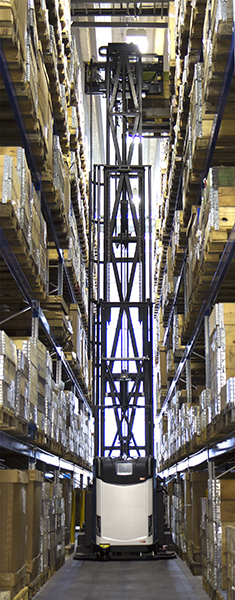
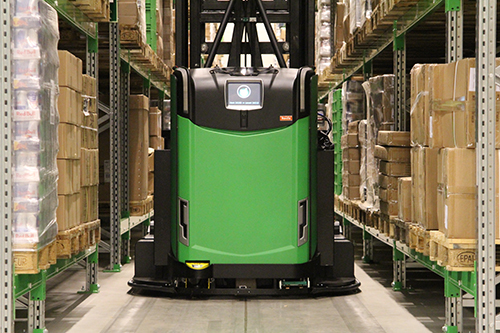
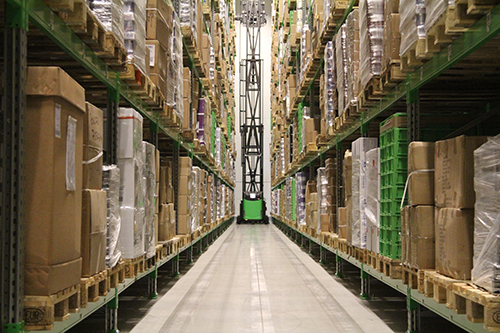
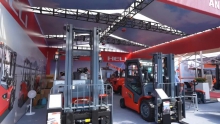
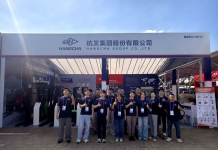
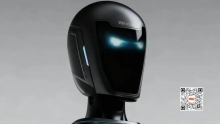

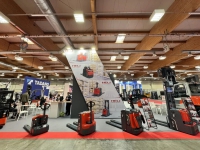
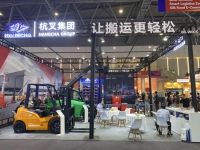
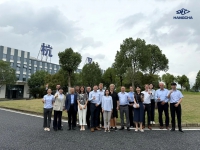
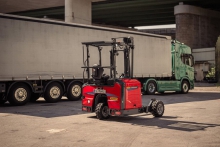
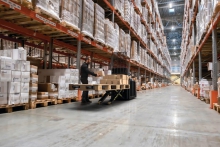
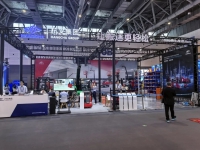


 粤公网安备 44010602003952号
粤公网安备 44010602003952号